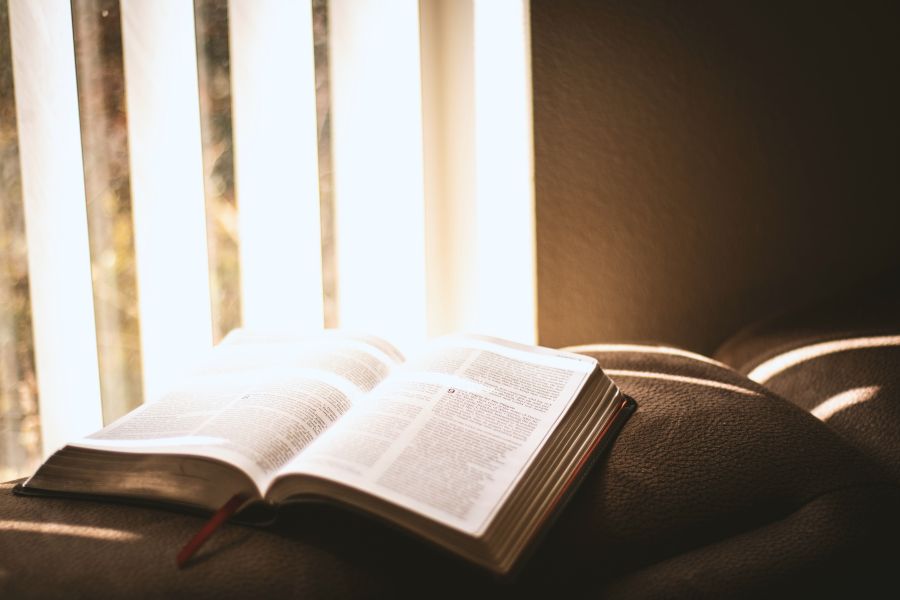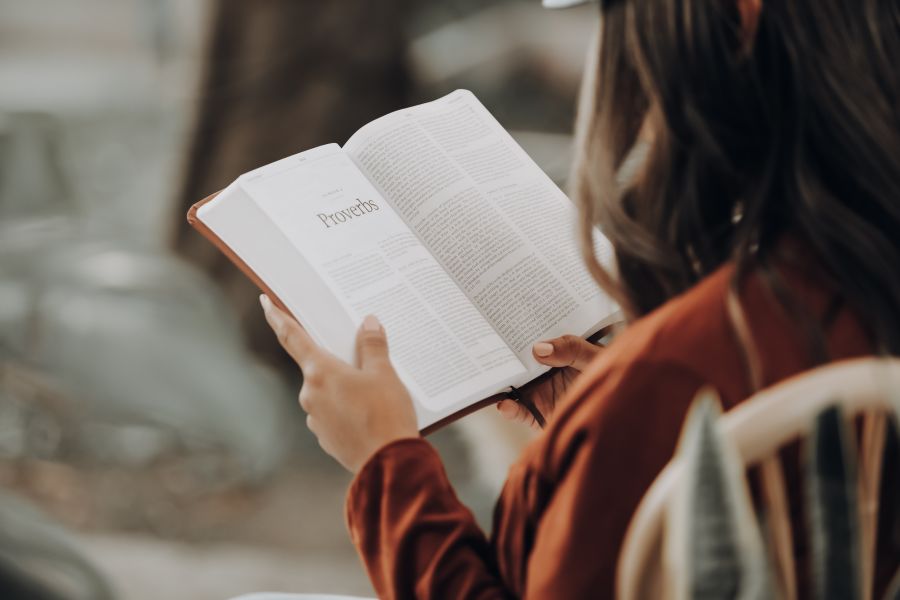故宫导游词音译英语1
Dear tourist friends
Today, let me show you around the Forbidden City.
Located in the center of Beijing, the Forbidden City is the imperial palace of Ming and Qing Dynasties, also known as the Forbidden City. The Palace Museum was built from the 4th to 18th year of Yongle in the Ming Dynasty, which is now known as 1406 to 1420. The Forbidden City in Beijing is the top five palaces in the world. The other four palaces are the palace of Versailles in France, the palace of Buckingham in England, the Kremlin in Russia and the White House in the United States. The Palace Museum is 961 meters long from north to South and 753 meters wide from east to west, covering an area of 725000 square meters. The building area is 15. 50000 square meters. Is the Forbidden City big enough!
It is said that there are 9999 people in the Forbidden City. Five rooms, someone has made a figurative metaphor: if someone starts living from the birth, they can live until they are 27 years old. According to 1973 experts, there are 8704 rooms in the Palace Museum.
The Palace Museum has four gates. The main gate is called Meridian Gate. There are five holes in the Meridian Gate. Its plane is concave, magnificent. Behind the Meridian Gate, there are five exquisite white jade arch bridges leading to the Taihe gate. The east gate is named Donghua gate, the west gate is named Xihua gate, and the north gate is named Shenwu gate. The four corners of the Forbidden City have exquisite turrets, which are 27 meters high. 5 meters, Cross Ridge, triple eaves, surrounded by mountains, multi angle crisscross, is the structure of the building.
The back door is Shenwu gate, which was called Xuanwu Gate in Ming Dynasty. Xuanwu is one of the four sacred beasts in ancient times. In terms of location, the left green dragon, the right white tiger, the front rosefinch, the back Xuanwu, and Xuanwu dominates the north. Therefore, the north gate of the Imperial Palace is mostly named Xuanwu. During the reign of Emperor Kangxi of Qing Dynasty, it was renamed "shenwumen" because of taboo. Shenwu gate is also a gate tower form, with the highest level of double eaves veranda roof, but its main hall has only five bay plus Gallery, no left and right forward extension of the two wings, so in the form of a lower level than Meridian Gate. Shenwu gate is the entrance guard for daily access to the palace. Now Shenwu gate is the main gate of the Palace Museum.
Donghuamen and xihuamen correspond to each other. There are Xiama steles outside the gate. The golden water inside the gate flows to the north of Henan Province. There is a stone bridge on the top of the gate, and there are three gates in the north of the bridge. Donghua gate and Xihua gate have the same shape, with rectangular plane, red platform, white jade xumizuo, and three coupons in the middle. The coupons are square outside and round inside. On the platform of the city, there is a tower with yellow glazed tiles and double eaves on the top of the hall. The tower is 5 rooms wide and 3 rooms deep, with corridors on all sides.
The first three halls are the largest buildings in the palace, covering an area of 8 square meters. 50000 square meters, which is 12% of the palace city, while the latter three temples are 25% of the former three palaces, which are expected to decrease in turn, mainly highlighting the main position of the former three palaces and the latter three palaces. In 1961, it located the first batch of national key cultural relics protection units in China.
Well, you can move freely. Pay attention to safety and keep the scenic spots clean. Have a good time.
故宫导游词音译英语2
Ladies and gentlemen
Hello everyone! My name is Li Hugo. What do you call me? Just call me director Li. I'm glad I can accompany you to visit the Forbidden City.
Located in the center of Beijing, the Forbidden City is the imperial palace of Ming and Qing Dynasties. It is called the "Forbidden City". The Palace Museum experienced two dynasties of Ming and Qing Dynasties and 24 emperors. The Palace Museum is a large-scale, 750 meters wide in the West and East, 960 meters long in the South and North, covering an area of 720000 square meters, with more than 150000 square meters of buildings and more than 1000 houses. It is the largest and most complete ancient building in the history of the world. When you enter the gate of the Forbidden City, you will see five white marble bridges. Why are they five, instead of seven, eight, or even ten? It turns out that emperors in ancient times must have such characteristics as benevolence, righteousness, propriety, wisdom, and faith. That's why they are five stone bridges.
There are hundreds of stone pillars on the bridge. There are countless little lions carved on the pillars. Some of them nod and frown as if they are sad and unhappy. Some of them open their teeth and claws as if they are showing their power. The imperial garden of the Forbidden City, formerly known as the palace houyao, covers an area of 12000 square meters.
In the center of Wei'an hall, the garden buildings are built with stone bricks, and the symmetrical lattice bricks are compact. The imperial pavilion was built on Duixiu mountain in the northeast of the hall. The emperor ascended here on the Double Ninth Festival every year.
Well, tourists, let's have a rest here. You can also take pictures of your favorite scenic spots and pay attention to health and safety.
故宫导游词音译英语3
Dear tourists, Hello! I'm your guide. My name is Lin. please call me Lin guide. Nice to meet you. Now I'm going to show you around the Forbidden City in Beijing and enjoy our cultural heritage.
Now let me give you a brief introduction to the Forbidden City: the Forbidden City is the imperial palace of Ming and Qing Dynasties in China, and it is also the largest and most complete ancient architectural complex. I hope you will be civilized tourists when you visit. Do not litter, do not touch objects, so that we can enjoy the historical atmosphere of the Forbidden City.
Now we enter the gate of the hall of Supreme Harmony, and the grand palaces are at the banquet. The biggest wooden building in front of us is the hall of supreme harmony. It is a symbol of imperial power, whenever there are major activities, the emperor held here.
In the back of this row of resplendent palaces are Zhonghe hall and Baohe hall. After touring the magnificent Taihe hall, you must be tired. Let's have a rest here. You can walk around and have a look. We'll gather at the gate of the Royal Garden in 20 minutes.
It's time for a break. Everyone's here. I want to ask if you can feel the strong flavor of life here? All the daily necessities here were first-class at that time, and the outdoor place in the harem was the imperial garden. Its pattern, compact layout, antique, dotted with flowers and trees. Very beautiful. Pavilions and pavilions depend on each other. It's a nice place with pure heart, elegant and pleasant.
This is the end of the tour. Have a good time! Thank you!
故宫导游词音译英语4
Hello and welcome to visit the Forbidden City, the largest palace complex in China this afternoon. My name is he Chaozhen. Today I will accompany you on your wonderful journey this afternoon. The Palace Museum is located in the center of Beijing, formerly known as the Forbidden City. It is the imperial palace of the Ming and Qing Dynasties, an unparalleled masterpiece of ancient architecture, and the largest and most complete existing ancient architectural complex in the world. Known as the top of the five palaces in the world. The Palace Museum was built in 1406 AD and completed in 1420. It was first built by Ming Emperor Zhu Di.
The Palace Museum is 961 meters long from north to South and 753 meters wide from east to west, covering an area of 723600 square meters. The building area is 155000 square meters. It is said that the Palace Museum has a total of 9999.5 rooms. Actually, according to 1973 experts' field measurement, the Palace Museum has more than 90 courtyards and 980 houses, totaling 8707 rooms. The palace city is surrounded by a 12 meter high and 3400 meter long palace wall in the form of a rectangular City, surrounded by a 52 meter wide moat, forming a fortress with strict barriers.
The Palace Museum has four gates, the main gate is called Meridian Gate, the east gate is called Donghua gate, the west gate is called Xihua gate, and the north gate is called Shenwu gate. Attention, we are now in the northernmost part of the Forbidden City, Shenwu gate. Walking into Shenwu gate and passing through shunzhen gate, we are faced with a large mural, which is the archway gate surrounded by Jifu gate, Yanhe gate and Chengguang gate. Behind it, that is, to the south, is our famous imperial garden.
Yongle in the Ming Dynasty 15 years (1417) began to build, completed in 18 years, known as the "palace after the court.". Qing Dynasty Yongzheng Dynasty, known as the "royal garden.". It is located at the north end of the central axis of the Forbidden City. The garden wall is 135 meters wide from east to west and 89 meters deep from north to south, covering an area of 12015 square meters. The buildings in the park adopt the layout of central axis symmetry. The buildings along the East and West roads are basically symmetrical. Most of the buildings in the park are built against the wall, and only a few exquisite pavilions stand in the park, so the space is comfortable and wide.
The park is full of ancient cypress and old locust trees, with a list of stone and jade seats, bronze statues of Jinlin and potted flower stake scenery, which adds to the changes of the scene in the park and enriches the level of the landscape. The colorful pebbles on the ground of the royal garden are also very peculiar. They can be inlaid into symbolic patterns of fortune, fortune and longevity. There are more than ten LIANLI trees in the Royal Garden, most of which are cultivated by pine and cypress. In tianyimen, there is one of the most famous LIANLI trees in the garden. The trunk of the tree is connected by two cypress trees, which grow very thick and luxuriant.
There is also a legend about LIANLI tree. It is said that during the Warring States period, King Kang of the Song Dynasty took Han Ping's wife he's family as his concubine, and forced Han Ping to build Qingling terrace. After the terrace was built, King Kang killed Han Ping. He was in agony at the news. When attending Han Ping's funeral, she jumped into the grave and died.
Out of jealousy and malice, the cruel king of Kang buried the corpses of Han Ping and his husband and wife on the left and right sides of Qingling terrace, not allowing them to be buried together. But the next year, on the tombs of Han Ping and he Shi, two towering trees grew slowly. The middle part of the trunk was close together and tightly connected. So later generations call this kind of tree "LIANLI tree", which means the pure love between husband and wife. OK, let's go on. Ahead is Kunning palace.
It used to be the Queen's bedroom. In the Qing Dynasty, it was changed to a place for worshiping gods and marrying the emperor.
Look, on the left side of Kunning palace, there is a stone like pancake with a needle on it. This is the sundial, which is the ancient clock. Its principle is to distinguish time by the shadow of the sun shining on the needle. Further north, there are Jiaotai palace and Qianqing palace, which together with Kunning palace just passing by are called "the three rear palaces". Around the Qianqing palace, through the Qianqing gate, is a large central square. It's like a dividing line, dividing the Forbidden City into two parts.
If you are tired, you can have a rest on the chairs around the square. By the way, do you remember that there are many bronze VATS along the way. Do you know what they are for? (interaction) according to research, the buildings in the Palace Museum are all brick and wood structures, which are easy to catch fire. Once a fire breaks out, if it can't be put out in time, it will spread quickly, and turn this valuable and splendid building into nothing in an instant.
For this reason, the builders of the Forbidden City pay special attention to fire prevention, and set up these VATS in front of the palace, which are called "Menhai". Menhai is the "sea" in front of the gate. With the "sea" in front of the gate, the palace museum with brick and wood structure is not afraid of fire. Therefore, these vats are also called auspicious vats.
It is conceivable that our ancestors were very clever. Have you had a rest? Let's move on. This is the most famous and magnificent "three halls" of the Forbidden City: Taihe hall, Zhonghe hall and Baohe hall. Because we are going from south to north, we see Baohe hall and Zhonghe hall first. Up to now, the surrounding area is much wider than just now, which also shows the gap between the "front three halls" and "back three halls" of Bauhinia city. We should observe the details of everything. Let's take a look at the steps on the sole of our feet. They are made of marble, and their patterns are very beautiful.
These patterns are mainly auspicious clouds, surrounded by a few dragons. Their appearance is vivid and lifelike, which fully reflects the wisdom of the ancient working people of our country.
故宫导游词音译英语5
Hello, tourists. I'll show you around the Forbidden City.
First of all, let me introduce the general situation of the Forbidden City. The Forbidden City used to be called the Forbidden City. It was the imperial palace of the Ming and Qing Dynasties. The Forbidden City covers an area of more than 720000 square meters and has a history of 600 years. 24 emperors of Ming and Qing Dynasties lived here. There are more than 8700 palaces in the Forbidden City, which is the largest and best preserved palace complex in China and the world. These palaces are arranged along the central axis and spread out on both sides. They are symmetrical in left and right. The pattern is solemn and grand. In a word, when you enter the palace of Ming and Qing Dynasties today, you will enter the treasure house of Chinese civilization.
Meridian Gate is the main gate of the palace, because it is located in the south of the Forbidden City, so it is called Meridian Gate. Donghuamen is the east gate of the Imperial Palace in Ming Dynasty, which corresponds to xihuamen from east to west. On the high wall of the Forbidden City, there are four exquisite turrets. They are like four pearls, inlaid in the high wall, they are not only our country, but also the world's architectural products.
In the wide taihemen square, there is a royal road paved with blue and white stones in the middle, which only the emperor could walk. From the north of Taihe square, on the tall and beautiful white jade platform, there is a magnificent building called Taihe hall, which is also called Jinluan hall. The base of this white marble platform is as high as 8 meters, higher than the current two-story building. Among all the palaces in the Forbidden City, Jinluan hall is the most respected. The highest level ceremonies and ceremonies were held here.
When we stroll among these palaces, we can not only touch its bricks and tiles, but also appreciate precious cultural relics such as bronze, jade, calligraphy and painting, jewelry, etc. You will not love enough, nor see enough
推荐文章
河南高考排名134880左右排位理科可以上哪些大学,具体能上什么大学2024-06-09 12:19:59
黑龙江高考排名31220左右排位文科可以上哪些大学,具体能上什么大学2024-06-09 12:16:55
厦门华天涉外职业技术学院的民航运输服务专业排名怎么样 附历年录戎数2024-06-09 12:13:50
福建高考排名2890左右排位物理可以上哪些大学,具体能上什么大学2024-06-09 12:09:30
四川高考排名166380左右排位理科可以上哪些大学,具体能上什么大学2024-06-09 12:04:40
河南高考排名322500左右排位理科可以上哪些大学,具体能上什么大学2024-06-09 12:00:47
高考最新励志作文素材2023-08-24 14:25:44
精选励志作文600字:凝聚中国情 共筑中国梦作文2023-08-12 13:23:23
洪泽湖湿地公园的导游词2023-08-21 07:17:04
介绍三峡的导游词范本2023-08-21 21:27:19
洪泽湖湿地公园的导游词2023-08-21 07:17:04
介绍三峡的导游词范本2023-08-21 21:27:19
泰山英语导游词范例2023-08-16 12:29:28
四川九寨沟导游词(精选十五篇)2023-08-25 20:30:57
湖北省有名景点导游词2023-08-16 06:59:48
关于颐和园导游词(十五篇)2023-08-11 18:06:54





